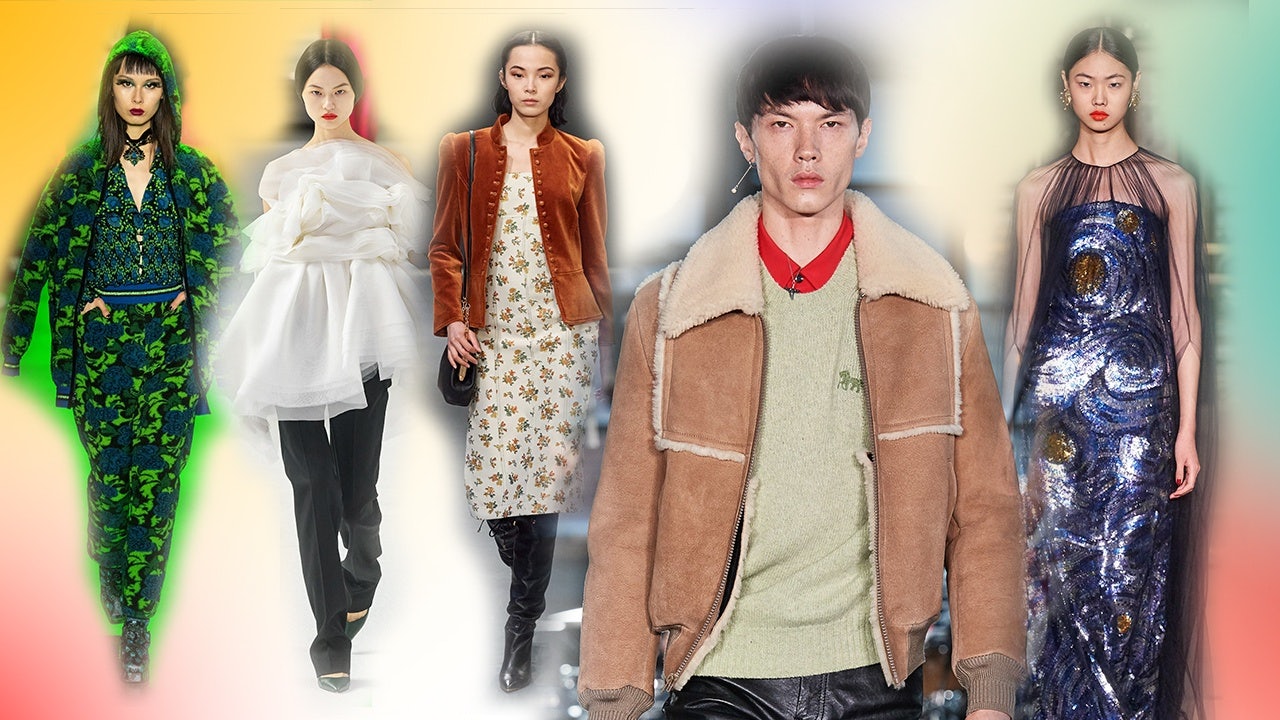After last season’s debut, the Jing Daily team is pleased to bring back the
Jing Daily Fashion Week Score#
, which, through a range of parameters, evaluates how a brand’s collection resonates with the Chinese audience.
For NYFW Fall 2020, Jing Daily reports on the brands that have a stake in the Chinese market, from Carolina Herrera, who made a splash on Chinese social media with its new designer’s youthful take, to Coach, who appears to have made a comeback after its T-shirt blunder last season. The absence of players such as Ralph Lauren, Tom Ford, and 3.1 Phillip Lim left the overall season feeling lacking of China-heavy players.
Given the crisis in China, we also have taken into consideration the recent travel restrictions and temporary work ban due to the ongoing coronavirus, which has caused a rippling effect across the entire global fashion industry.
As the majority of Chinese celebrities and KOLs from the mainland were absent from this season’s shows, and with mobility within the entire nation restricted, digital reach has become more important than ever, which is something many brands have seemingly not realized.
The
Jing Daily Fashion Week Score#
is based on the following parameters:
- Model representation: evaluates representation of Chinese models on the runway.
- Digital impact: evaluates Chinese netizen reception and engagement on leading social media platforms including Weibo, WeChat, and Little Red Book.
- KOL & celebrity visibility: considers star power associated with the brand through strategic KOL and celebrity partnerships.
- Special brand efforts: considers special programs or efforts on a brand’s part to speak to the Chinese audience. For F/W 2020 New York, companies’ or brands’ contribution towards the on-going crisis are also considered.
- Design context: a qualitative assessment of how the brand’s collection will speak to the Chinese audience based on current trends and preferences.
- Brand history: considers existing brand history in China, including overall presence, social reach, number of stores, earning trends and brand missteps.
CAROLINA HERRERA#
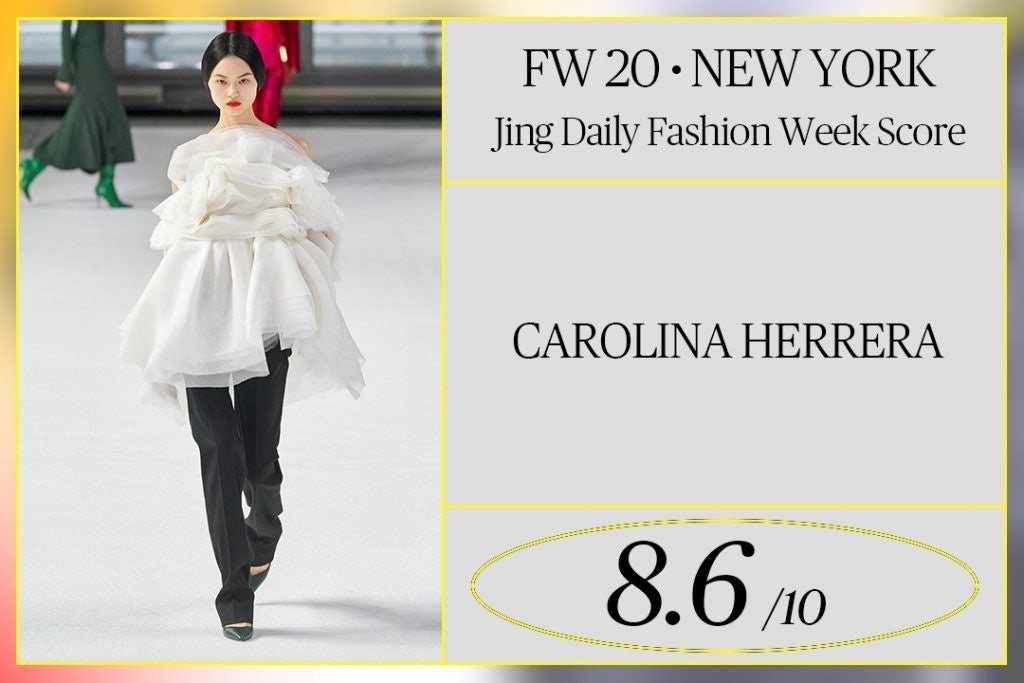
The most recent collection from Carolina Herrera's new designer, Wes Gordon, featured a bright palette and modern silhouettes, which struck a chord with the Chinese netizens. Weibo was buzzing about the brand's runway looks, backstage photos, and portraits of Chinese model He Cong. The show was also made available via the live-streaming platform Yizhibo (一直播), which is compatible with WeChat and has 19,000 views after just two days.
In China, the brand is forward-looking about its next group of audience. It has made itself available not just in Beijing and Shanghai, but also in the affluent second-tier city of Wenzhou since 2014. Additionally, as a versatile brand that’s making its first foray into beauty products, its refillable range of lipsticks and powders, as well as its Fall 2020 collection, is expected to make a hit in the Chinese market.
MICHAEL KORS#
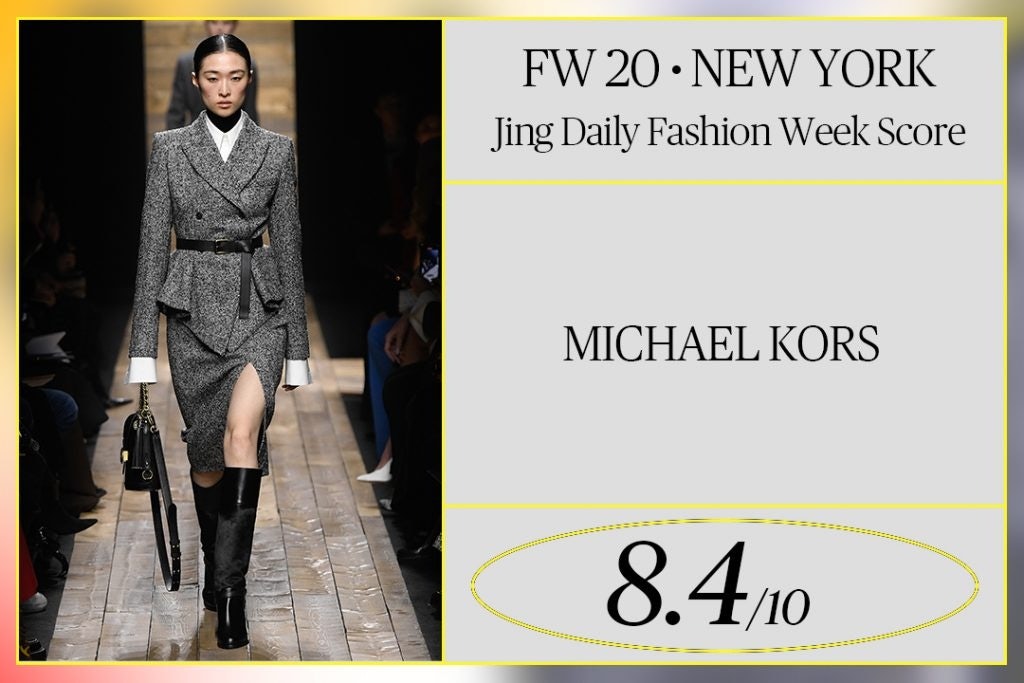
This season, Michael Kors’ online presence in China was hit by an absence of the brand’s large army of Chinese celebrities and KOLs, who last season, collectively brought the brand over 470,000 impressions. Its brand ambassadors Leo Wu and Lareina Song, who together have over 44 million followers on Weibo, weren’t seen at the show or made any posts online. Due to travel restrictions caused by coronavirus, only a few overseas-based Chinese influencers, such as actress and model Bonnie Chen (陈碧舸) and Zuo Anxiao (左岸潇), with 3.8 million Weibo fans, were in attendance. However, K-pop star Joy’s presence at the show was warmly embraced by her 500,000-follower fan club on Weibo.
Whereas in previous seasons the brand has live-streamed on Weibo and Tmall, this season the brand was only live-streamed on its Chinese website. This decision appears to pay respect to the sensitivity of the current virus situation in China. As 155 out of 250 Capri Holdings’ stores have shuttered (number of closed Michael Kors stores is undisclosed) according to the last earnings call, the question for the brand is how to deliver its message since it is bootstrapped on the ground. With a 8.9 score from last season, Michael Kors has kept consistency, landing once again toward the top of our ranking and holding firm through the instability in China.
COACH#
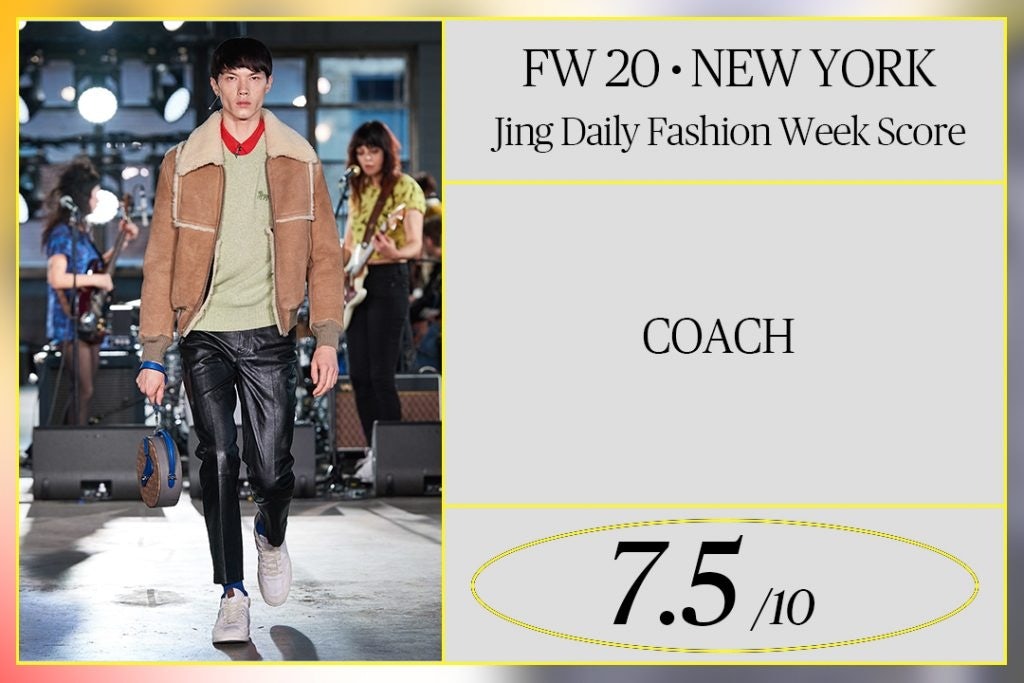
Coach has begun to make a comeback in China after its T-shirt misstep last year, owing to a shift in its design language.The brand has made special efforts with the on-going virus crisis, including an early public pledge of one million donation to the cause. Its Fall 2020 collection made a comeback to its New York roots, collaborating with the estate of Jean-Michel Basquiat, whose name epitomizes the 80s’ East Village feel. Chinese fashion watchers on Weibo were pleasantly surprised about how little the new bags resemble Coach’s traditional look. Despite lacking official social posts related to the show, Coach’s latest WeChat post, which encourages Chinese citizens to look forward to the coming spring, has received 88,200 views to date and many positive comments. Given that the coronavirus crisis is putting parent company Tapestry’s sales at stake, Coach is making the right moves to keep potential missteps at bay and stand with its Chinese customers at the difficult time.
OSCAR DE LA RENTA#
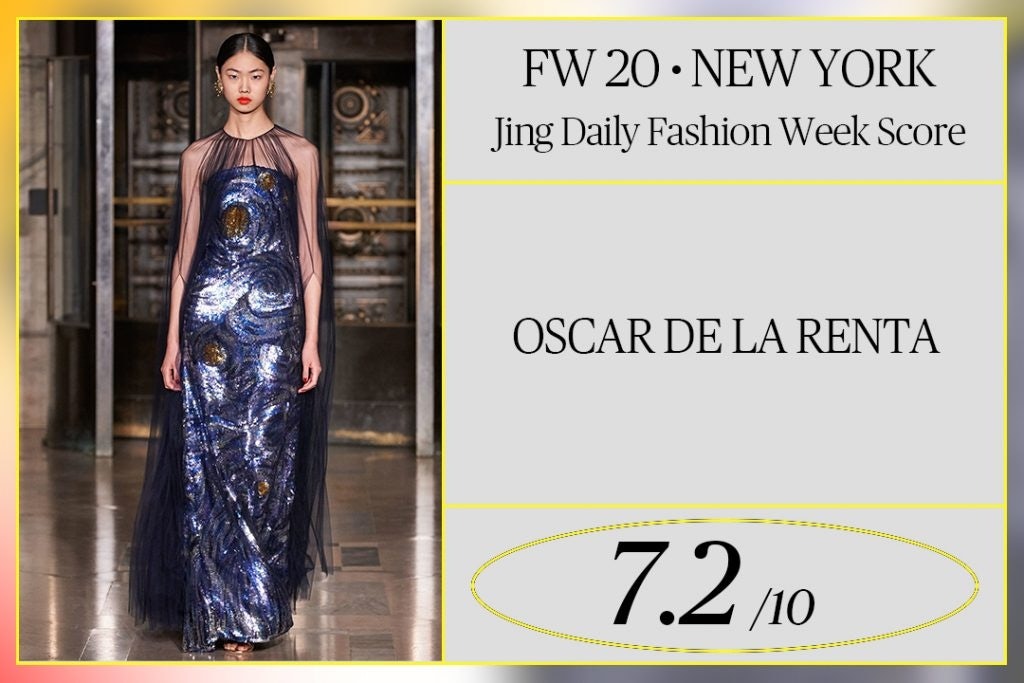
Oscar de la Renta's show at New York Public Library, brought by co-creative directors, Laura Kim and Fernando Garcia, was grandiose and lavish, which aligns with the Chinese market's perception of the brand. Despite being a latecomer to Weibo and WeChat, compared to other brands, Oscar de la Renta demonstrates strong momentum in its digital presence, making 10 posts on Weibo with links to a livestream video, which had been played over 560 times. The efforts on social media are commendable given Oscar de la Renta's limited presence in China and that it’s only available at high-end select stores, such as Lane Crawford and Joyce. As a brand best known for its haute couture and its superstars’ red carpet gowns (Scarlett Johansson at this year’s Oscars; Yang Mi at China’s Golden Rooster Awards last November), Oscar de la Renta's best chance is keeping Chinese celebrities close and Chinese fans will follow.
ANNA SUI#
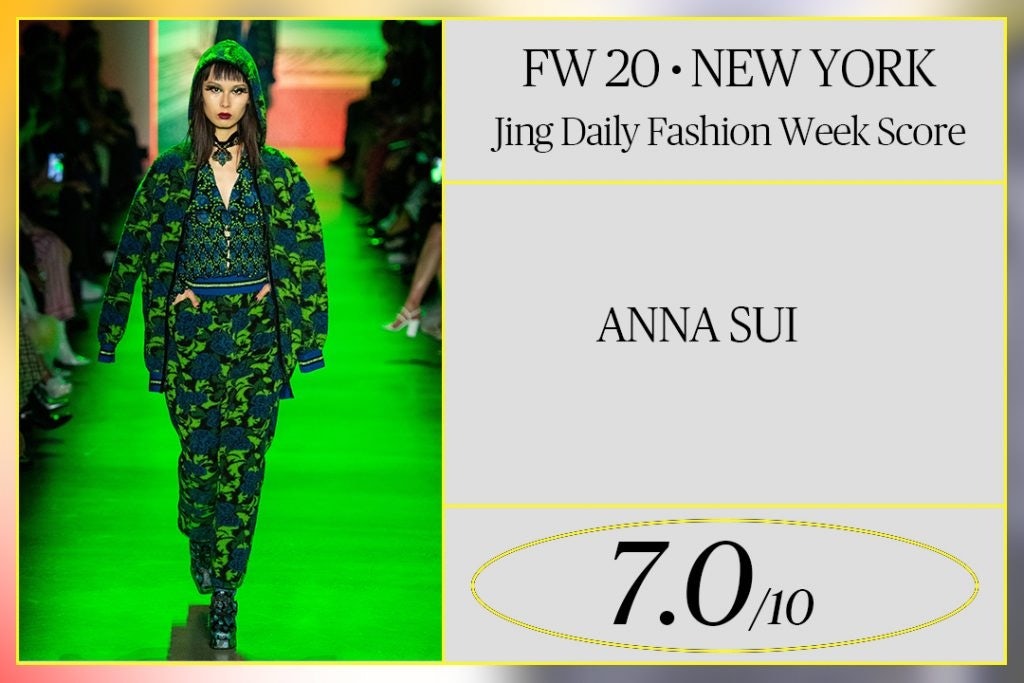
Inspired by nocturnal glam with a light gothic twist, Anna Sui’s Ready-to-Wear Fall 2020 collection presented a cinematic show. Overall, the brand’s ready-to-wear collections have not resonate as strongly with Chinese audiences as its makeup and activewear. However, Anna Sui's presence in China overall is of smaller exposure compared to most brands in our score this year.
The brand’s WeChat and Weibo accounts, which mainly focus on their eponymous makeup line, haven’t had any updates during the collection, while netizens' reaction to the brand is almost exclusively led by perfume ambassador Wang Ziyi (王子异), who has over 11 million Weibo followers. Riding on the waves of China's fitness trends, Anna Sui launched its first global store of Anna Sui Active last June in Shanghai, followed by offline community events and endorsement from the popular streetwear model, Adrianne Ho, who pushed the new venture on the right track. However, overall, the brand has an opportunity to continue building its presence in these Chinese market and is one to watch.
TORY BURCH#
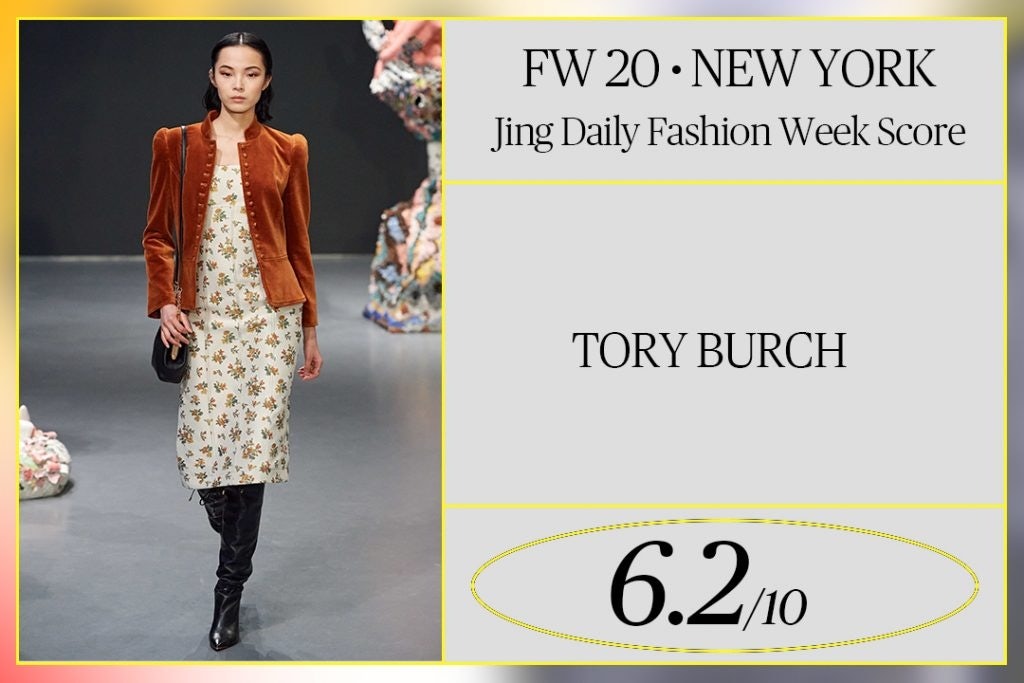
This season’s collection was the result from a powerful female duo: Burch and and New York artist Francesca DiMattio. The collaboration reflects the theme of powerful women. With the rise of female empowerment discussions in China, it’s a shame that Tory Burch didn’t lean in on Weibo and WeChat to engage with female white collar workers, given that most of its 29 mainland China locations are in central business district (CBD) areas. One of the powerful women that the brand invited was Lucy Liu, whose attendance was covered by Chinese media Sina on WeChat but it only yielded around 1,500 reads after two days. And the roster of Chinese models — Ju Xiaowen (雎晓雯), He Cong (贺聪), Huang Yidan (黄一丹), Chu Wong (汪曲攸) and Qun Ye (叶日群) — haven’t posted much about the show to date. What’s more, since supermodel Liu Wen was their brand ambassador, Tory Burch has not had a public replacement to speak to China’s Gen-Z market, which could further cost its social engagement in the long term. Their Spring 2020 collection, which paid homage to Princess Diana, gathered a solid 8.3 ranking. This year, however, they’ve fallen slightly to 6.2 due to a lack of Chinese social engagement.
